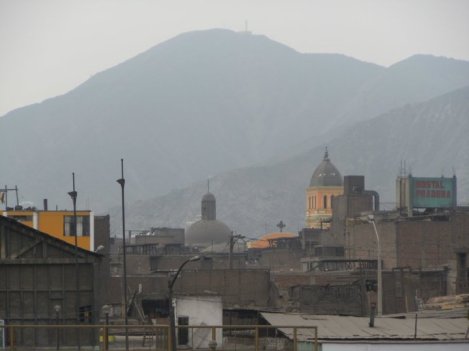There are several places in Sunny California which I would compare to J.R.R. Tolkien’s Mordor. You know he place I mean:
Three Rings for the Elven-kings under the sky,
Seven for the Dwarf-lords in their halls of stone,
Nine for Mortal Men doomed to die,
One for the Dark Lord on his dark throne
In the Land of Mordor where the Shadows lie.
One Ring to rule them all, One Ring to find them,
One Ring to bring them all and in the darkness bind them
In the Land of Mordor where the Shadows lie.
Except the places I would liken to Mordor are singularly without shadows. Curiously, they are all connected to dry lake mining operations. The grimmest of all is Amboy, on the original Highway U.S. 66. It lies a few miles east of Barstow, a hellhole in its own right, which is a rail junction and the gateway to Fort Irwin.
Today the population of Mordor—I mean Amboy—is perhaps four. Roy’s Coffee Shop and Cabins is no longer a going concern, unless someone is filming in the neighborhood. (Bagdad Cafe was filmed in Bagdad, a few miles west on 66.)
Amboy owes its existence to Route 66, but also to Bristol Dry Lake, which contains some 60 million tons of salt for your French fries.
Also in the area are mines containing Boltwoodite, a relatively rare form of uranium, along with gypsum, calcite, and fluorite.
I got to know Amboy when Martine used to work at Twentynine Palms at the U.S. Marine Base there (she was a clerical worker at the Naval Hospital there). A couple of times, I would pick her up, drive through the ghastly “community” known as Wonder Valley settled by veterans of gas attacks in World War I along a road which terminated at Highway 66 in Amboy. From there we headed to Las Vegas using the Kelbaker Road and the Morningside Mine Road. It’s a desolate area with sand dunes (near Essex) and some spectacular stands of Joshua Trees.
What are the other places in California I liken to Mordor? They’re right next to each other on the road from Ridgecrest and China Lake to Death Valley: namely, Trona and Borosolvay. Both are desolate but more habitable than Amboy. Yes, hell can be sunny sometimes.















You must be logged in to post a comment.